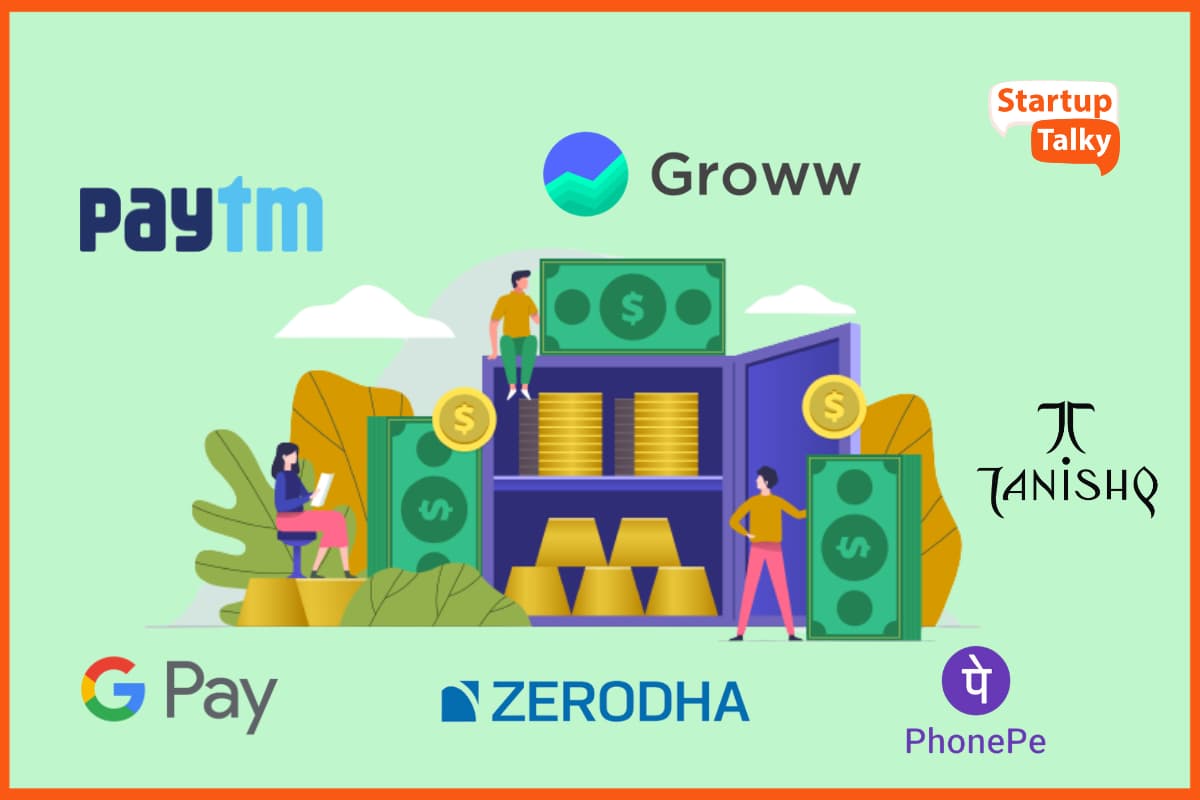This article has been contributed by Mr. Abhinav Sehgal and Ms. Riya Chadha, Co-Founders, SEO Designs and Digi Uprise.
The notion that founders require a co-founder who complements and contrasts them is akin to a good relationship. As in relationships, having a person who complements your strength and weakness makes the team better. If a founder is great at think out of the box concepts and bringing wonderful campaigns and another is great at execution, they can create something better together than they could individually.
Every individual has something to offer, be it skills, experience, innovative thought or insight. This collaboration makes the company develop and face difficulties more efficiently. Just like how personal relationships function optimally when individuals support each other, businesses thrive when founders work harmoniously with one another.
How a Co-Founder Helps During Tough Times
Building a business is a tough ride that will put you through situations which are mentally and emotionally draining. There will certainly be tough times, with setbacks, slow progress, and moments of doubt. Through these hard times, having a supportive co-founder can make a huge difference. A co-founder not only bears half the burden but also provides emotional support and fresh insights to look forward to the bigger picture.
They can help you stay driven, offer advice when you’re stuck, and keep you focused. With a person by your side who is well aware of the setbacks, the work pressure feels lighter, and by having each other on your side, you’re more equipped to face the challenges and keep pushing forward.
As an entrepreneur, we have gone through most of the unforeseen difficulties and, quite a number of times, wondered whether the effort was worth it. Success does not always feel within reach and can be slow in coming when the market is competitive like the one we’re in today. But with a solid business partner like I had, the experience was a game-changer. We were constantly each other’s biggest source of motivation, egging and spurring the other to continue on even when frustrated and overwhelmed.
We were there for one another during tough times offering encouragement and reminding each other of the vision we shared. Leading a company alone can be exhausting and isolating, but we’ve realized that collaboration brings strength and resilience. We were not only just a business partner but also life partner who stuck with the other individual riding the highs and lows, making rugged nights into splendid sunsets. A co-founder is not necessarily just someone with whom you are going to divide responsibilities, you become someone upon whom you hand over your company, your ambition, and future.

Trust, Vision, and Alignment: The Foundation of a Strong Co-Founder Relationship
A co-founder is much more than just a person who shares responsibilities, they become someone you entrust with your business, your dreams, and your future. Trust is a fundamental when choosing a co-founder. The success of your business isn’t solely dependent on just external forces, but also on the strength of the partnership you build.
Startups fail, not due to market challenges, but because of the disagreements and misunderstandings between co-founders. Differentiating goals, egos getting in the way, or mismatched work ethics can tear apart the foundation of a business before it even has a chance to grow. When co-founders aren’t aligned in their vision or approach, it leads to arguments and tensions that are insurmountable.
As we built our companies, we made sure to prioritize not only working through the skills, but trust and a shared vision. It was crucial that we were also aligned in our goals for the business, not only in our expertise. We ensured that we had open, honest discussions on expectations, decision-making, and long-term goals from the start.
The transparency with one another enabled us to discuss possible problems beforehand and assist us in ensuring we were all on the same page.
By clear definition and emphasized duties and vision, we were in a better position to navigate challenges with smoothly, ensuring it was simple to remain committed to our vision and have a solid partnership amidst the highs and lows of development. The ideal co-founder can be a startup’s most valuable asset, playing an important role in the success of the business.
If you are an entrepreneur, it’s advisable to look for a partner who is not only contributing skills but also someone who encourages and inspires you to stretch your boundaries. Look for someone who contrasts your strengths and weaknesses, and is there to support you through the adversities. Much like in a personal relationship, the right co-founder will not only help celebrate your wins but will also help push through the downfalls.
They can provide a new outlook, share the emotional and mental burden, and help keep the business running during the difficult times. With the right partnership, you have the opportunity to achieve so much more than you can by yourself, creating a foundation for growth and resilience.
In the end, successful businesses are not often the work of solitary efforts but rather due to incredible teams. Creating a business demands teamwork, varying skill sets, and comparable goals, all of which are made possible through the right people being beside you.
When two individuals are in agreement not just in life but also in business, they produce a special synergy and from our experience as a business power couple, a complementary partnership in business enables each individual to contribute their creativity, innovation and individual strengths to the table.
A successful company is not founded upon strategy and implementation alone, it flourishes based on phenomenal collaboration with individuals who introduce a vision with strategy as well as aspiration with pragmatism.





















